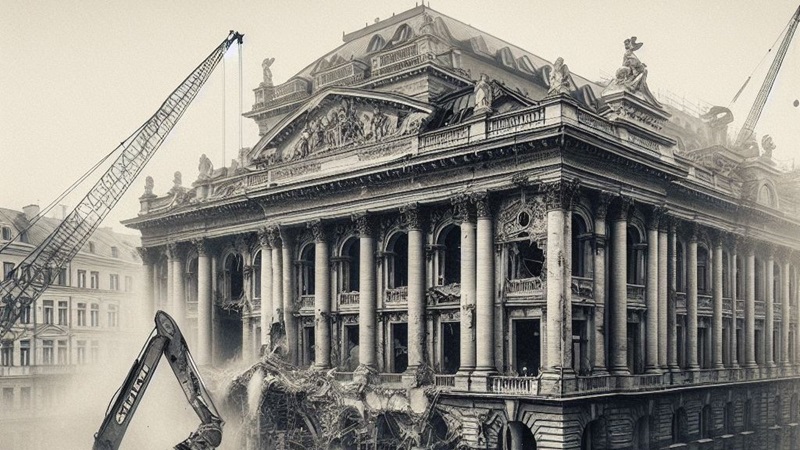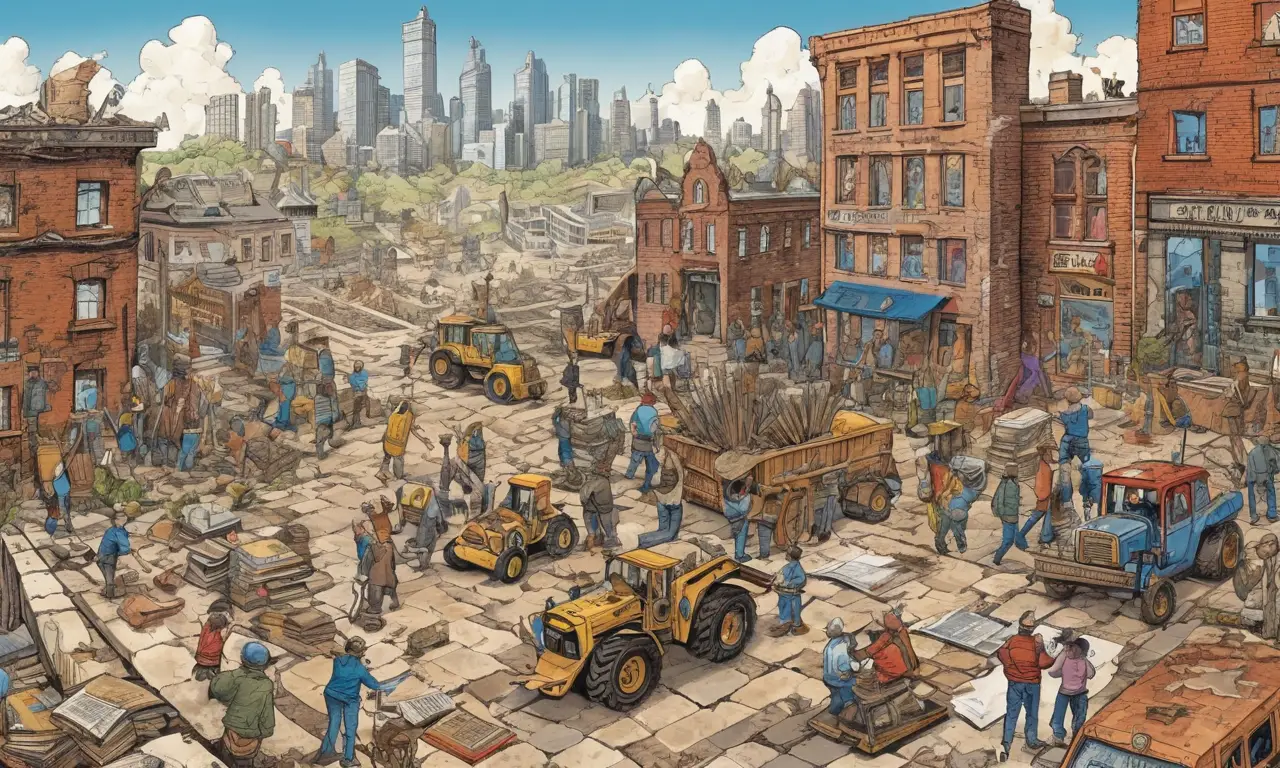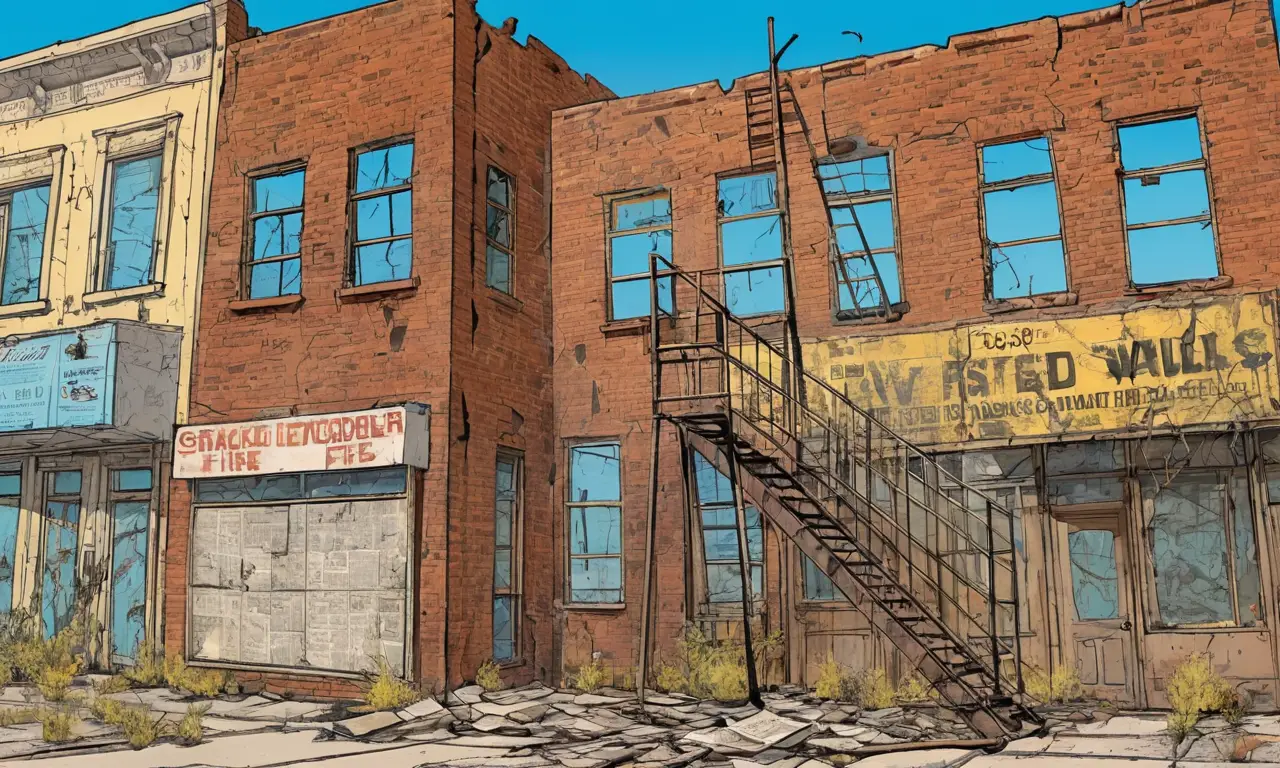
The fate of historic buildings often sparks heated debate, pitting preservationists against developers and raising complex questions about the balance between progress and heritage. Determining whether can a historic building be torn down is rarely a straightforward decision. It involves navigating a labyrinth of legal regulations, assessing historical significance, and considering the multifaceted impact on the community.
This article delves into the intricate process surrounding the demolition of historic buildings. We’ll explore the legal framework governing such decisions, examine the criteria used to determine historical significance, and analyze the profound impact these demolitions have on communities. Furthermore, we’ll shed light on the ongoing debate between preservation and redevelopment, highlighting the various perspectives that shape this contentious issue.
Historic Building Demolition Laws
Demolition laws vary significantly across jurisdictions, reflecting diverse cultural values and priorities. However, most countries and regions implement regulations to protect historically significant structures from arbitrary destruction. These laws often establish a hierarchy of protection, with national monuments receiving the highest level of safeguarding. Local governments frequently enact preservation ordinances that define criteria for designating buildings as historic landmarks or contributing to a historic district.
These ordinances typically outline procedures for demolition review, requiring developers seeking to demolish a protected building to submit detailed proposals and undergo public hearings. The review process often involves historical experts, architects, and community representatives who assess the potential impact of demolition on the historical fabric of the area. In some cases, laws may impose strict penalties for unauthorized demolition or offer incentives for rehabilitation and adaptive reuse of historic buildings.
Historical Significance Criteria

Determining whether a building warrants preservation hinges on various factors that contribute to its historical significance. While specific criteria can differ between jurisdictions, common considerations include:
- Age: Older buildings are often presumed to possess greater historical value due to their potential connection to past events and architectural styles.
- Association with Historical Events: Buildings associated with significant historical events, figures, or movements hold particular importance as tangible reminders of the past.
- Architectural Style & Design: Structures exhibiting unique architectural features, innovative designs, or representative examples of a particular era contribute to the cultural heritage landscape.
Intangible Value
Beyond physical attributes, buildings can also possess intangible historical significance. This includes their role in shaping community identity, serving as gathering places for social and cultural activities, or embodying the values and beliefs of past generations.
Community Impact & Advocacy
The demolition of a historic building can have profound consequences for a community, both tangible and intangible.
- Loss of Cultural Heritage: Demolition erases a tangible link to the past, diminishing the collective memory and sense of place that buildings contribute to a community’s identity.
- Economic Impacts: Historic buildings often serve as tourist attractions, contributing to local economies through visitor spending and supporting businesses in the surrounding area. Their demolition can lead to a decline in tourism revenue and negatively impact local businesses.
Community Engagement
Public opinion plays a crucial role in shaping decisions regarding historic building preservation. Advocacy groups, historical societies, and concerned citizens often mobilize to raise awareness about the importance of preserving these structures and advocate for their protection. Community engagement through public hearings, surveys, and online platforms allows residents to voice their opinions and influence local policies.
Preservation vs. Redevelopment

The debate surrounding historic building demolition often centers on the tension between preservation and redevelopment.
Preservationists argue that historic buildings hold irreplaceable cultural value and should be protected for future generations. They emphasize the importance of preserving architectural heritage, maintaining historical authenticity, and fostering a sense of place within communities.
Developers often cite economic factors, safety concerns, or functional obsolescence as reasons for demolition. They may propose redeveloping sites with modern structures that better serve contemporary needs, generate economic activity, and address potential hazards associated with aging buildings.
Demolition Review Procedures
Most jurisdictions implement rigorous review procedures to ensure that decisions regarding historic building demolition are made thoughtfully and transparently. These procedures typically involve:
- Initial Application: Developers seeking to demolish a protected building must submit detailed proposals outlining the reasons for demolition, proposed redevelopment plans, and mitigation measures to minimize potential impacts.
- Historical Review: A designated historical commission or review board evaluates the application, considering factors such as the building’s age, architectural significance, and association with historical events. They may consult with historians, architects, and other experts to assess the potential impact of demolition on the community’s cultural heritage.
Public Hearings
Public hearings provide an opportunity for community members to voice their opinions, concerns, and suggestions regarding proposed demolition projects. These hearings allow for open dialogue between developers, preservationists, and residents, fostering greater transparency and public engagement in decision-making processes.
Conclusion
Determining whether can a historic building be torn down is a complex process fraught with ethical, legal, and social considerations. Balancing the need for progress with the imperative to preserve cultural heritage requires careful deliberation, community engagement, and a commitment to finding solutions that respect both historical significance and contemporary needs. Ultimately, decisions regarding historic building demolition should prioritize sustainable development practices that foster vibrant communities while safeguarding their irreplaceable architectural and cultural legacy.
